You are here
Back to topUS Eases Restrictions on Chinese Fragrant Pear Imports
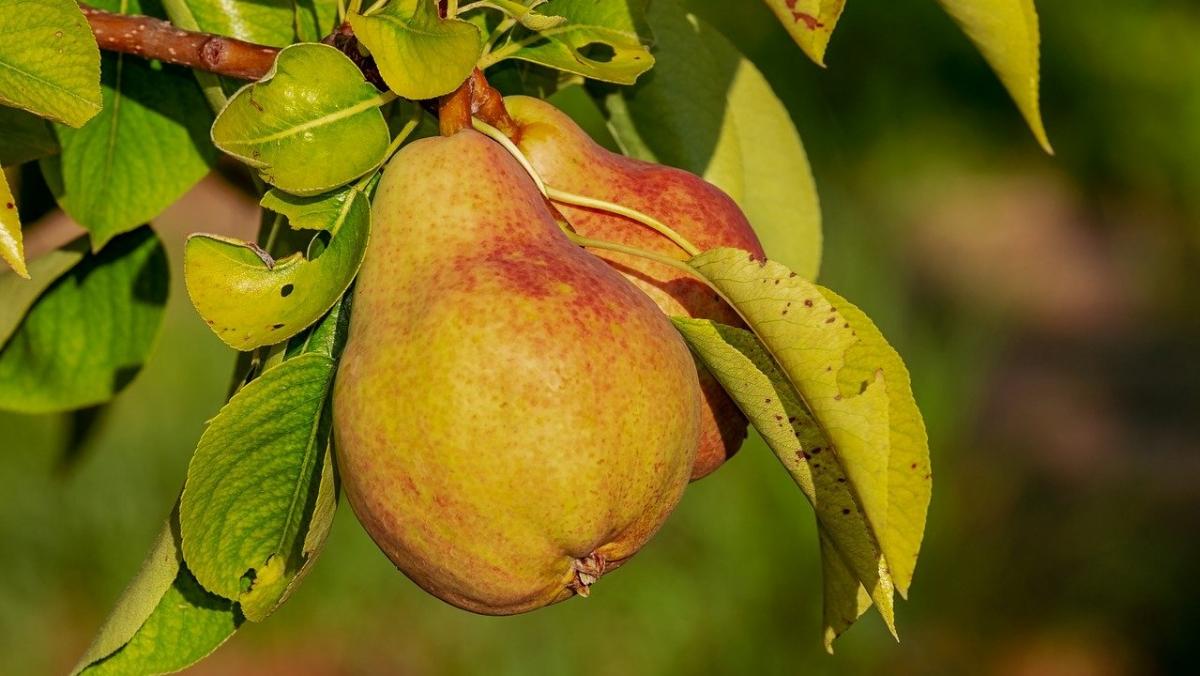
The U.S. Department of Agriculture recently announced in the Federal Register that it has revised its requirements for Chinese fragrant pear imports. Aksu prefecture of Xinjiang province will now be listed as a permitted growing region, joining the nearby region of Korla.
The notice in the Federal Register indicates that the primary pests that U.S. authorities are concerned with are Eulecanium circumfluum Borchs. and Euzophera pyriella. The pest risk analysis results from the USDA’s Animal and Plant Health Inspection Service indicate that one or more phytosanitary measures are sufficient to reduce the risk of fresh fragrant pears from other areas being infected by or infecting other products. The USDA has also required that all fragrant pear imports from China be produced in either the Korla or Aksu regions of Xinjiang. Growing orchards and packaging facilities must be registered with and approved by China’s phytosanitary department and further approved by the USDA. Packaging facilities must also provide a system of traceability through which the production stages and growing areas may be monitored.
Korla fragrant pears started being exported to Canada in 1993, but did not make their way onto the U.S. market until 13 years later. Three months after the first batch was exported to the U.S. in September 2006, 85 batches of Korla fragrant pears totaling over 1,580 tons had reached the U.S. market. By 2008, Korla fragrant pears were being sold on five different continents and had proved especially popular on the European and U.S. markets. In 2016, Korla fragrant pear exports to the U.S. reached 16,761 tons. However, this upward trend was not to last forever. In 2018, fragrant pear exports started to feel the effects of the trade war, which just happened to occur during a low production year. Prices rose as supply fell, while the export volume continued to drop for two years.
Although the U.S. is China’s second largest pear export market, in the past two years exports have been severely affected by the trade war. With the addition of the COVID-19 pandemic, exports for 2020 are not forecast to do well. In light of this, the USDA’s easing of restrictions on production areas for fragrant pears represents a great boost to growers in Korla and Aksu.
On April 3, China’s General Administration of Customs released an announcement regarding requirements for Xinjiang fragrant pear exports to the U.S., permitting fruits meeting the relevant requirements to start being exported to the U.S. with immediate effect.
Image: Pixabay
This article was translated from Chinese. Read the original article.



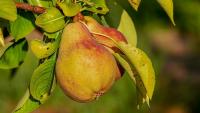

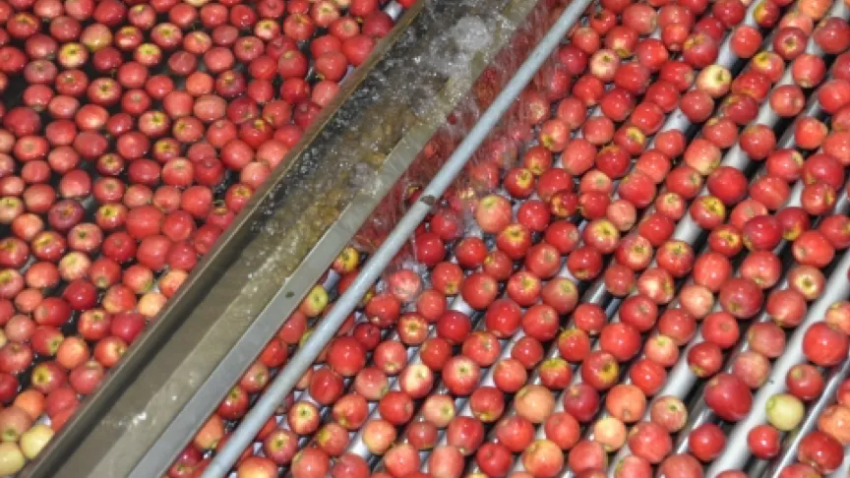
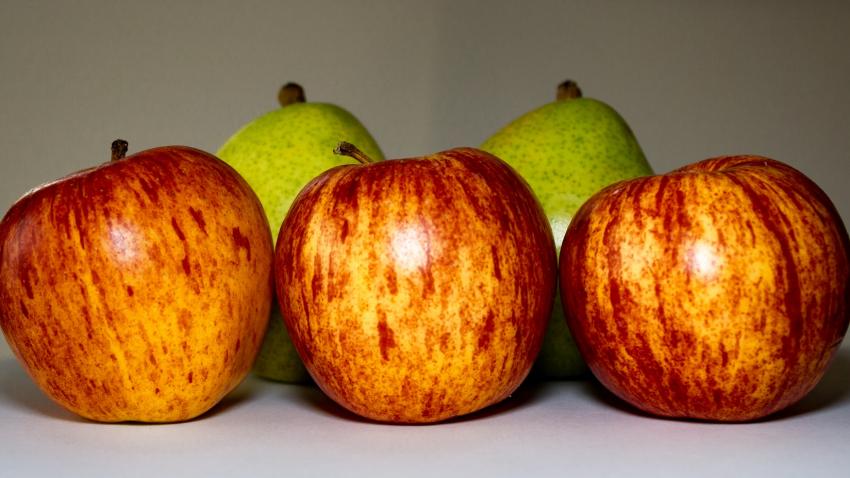
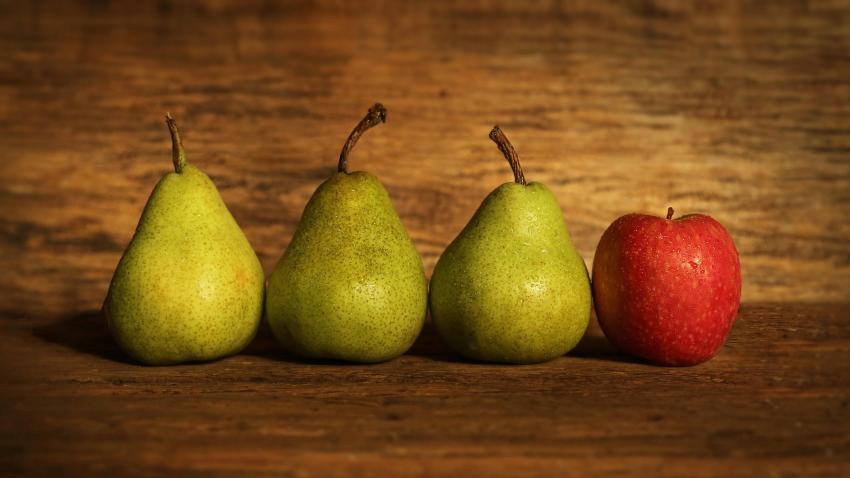







Add new comment